In order for the quality of the finished surface to meet your requirements, you should correctly choose not only paints and varnishes, but also the tool with which you will have to work. Experienced painters use the best brushes that are selected taking into account the properties of the paint. Otherwise, the solvent that is part of the paint may cause paint defects. When choosing a brush for oil paints, there are also a number of requirements for operation, maintenance, preparation.
- Types of brushes for working with oil paints
- Selection of brushes for working with oil paints
- Brush preparation and care
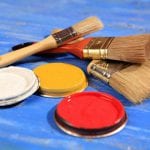
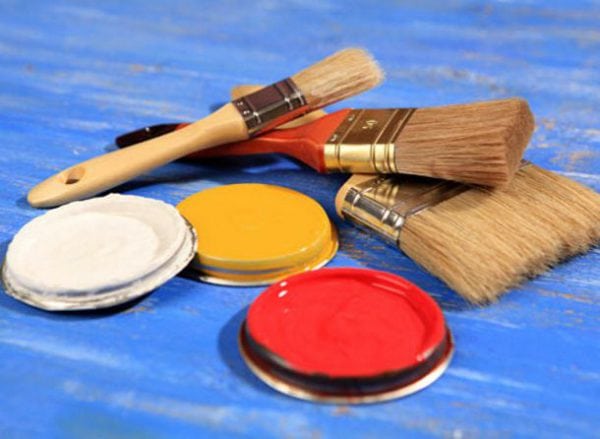
Types of brushes for working with oil paints
A professional painter always has a wide range of brushes that are used depending on the process. Large brushes are best used for liquid oil paints when working with large areas, for example, during floor painting. Small, thin or narrow brushes are used for precise, filigree work: eyeliner, corner and joint processing, drawing, stencil, processing of small objects or parts.
Also, before starting work on painting the surface, you must understand what characteristics it has. Loose, porous, untreated surfaces when applying oil paints will absorb a lot of material.
If you want to reduce your costs, improve the quality of processing walls, floors or ceilings - you must before painting them with a primer or cheaper paints that will act as a base.
Small brushes will require significant labor from the painter, especially when working with bulky areas. Therefore, if you want to quickly, efficiently and with minimal labor to paint large uniform areas with oil paints - it is better to choose large brushes.
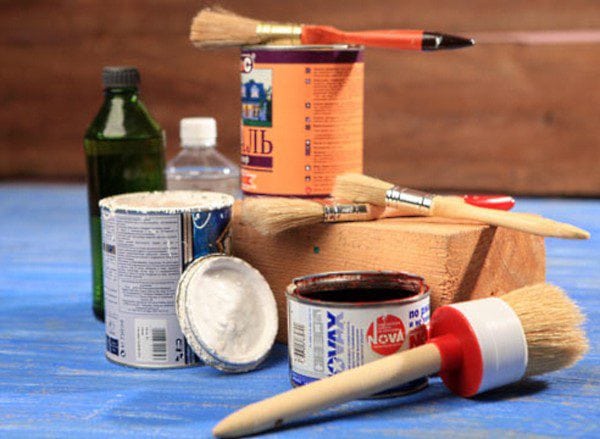
The form distinguishes brushes of the following types:
- Flute (flute) - the most commonly used tool when working with various types of paints. It is a classic, straight, narrow brush with a rectangular base. The bristles are fixed with a metal flute and securely fixes all the fibers. This tool has a sufficiently large, flat handle that fits comfortably into the hand of the master and allows you to perform even complex work. Flute brushes are produced in a wide range, the width of the products reaches 160 mm, the length of the bristles also varies. The tool is inexpensive, easy to maintain, designed for all types of surfaces.
- Radiator - it is used for surface treatment in hard-to-reach places, such as, for example, the inside of cast-iron radiators. It is distinguished from the usual fleit by a longer handle, and a curved tip with a fixed bristle holder.
- Radial (round) - the base of the bristle retainer is a circle.Perfect for machining surfaces with curved, round or oval shapes. When painting straight sections, junctions or contours, you will need an additional tool, since it is difficult to achieve a perfectly even contour line with a round brush.
- Oval - perfect for oil painting of pipes, metal profiles, corners and other structures with a large number of long elements. It perfectly absorbs a large volume of paint, which reduces the labor costs of the painter, simplifies the work with large volumes.
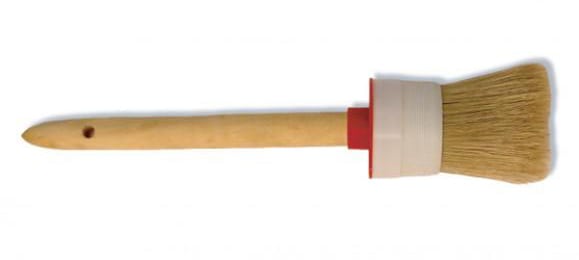
Selection of brushes for working with oil paints
It is worth starting with identifying all the processes that you will encounter while painting surfaces. If your task is to paint a large area of the floor with oil paint - it is better to dwell on wide brushes that will absorb a large amount of paint, which will ensure its uniform application.
If the work will be carried out with small objects of high accuracy - it will be necessary to expand your tool arsenal with flute brushes of various widths and shapes.
Some recommendations when choosing a brush:
- For work with an unprepared surface, it is better to opt for inexpensive brushes, since untreated wood, metal, concrete, will lead to the loss of a sufficiently large volume of bristles. Even the best quality brushes will undergo abrasion, pulling the bristles with wood fibers.
- The brush should fit well in the hand, be comfortable size. If you feel uncomfortable when working with a brush, it is better to abandon the use of products of this brand in the future. A professional plasterer painter can process more than 30 square meters per shift area and make a few hundred thousand strokes. An inconvenient brush will lead to the appearance of fatigue in the master, a drop in working capacity, the appearance of corns or sprains.
- Before choosing a brush, check how well the bristles are fixed. Oil paints, as a rule, have a more dense, viscous composition. The work is often carried out on a complex surface, such as wood, concrete, metal. It is important that the hairs do not fall out, do not break, are elastic, but at the same time strong.
- When working with liquid and super-liquid paints, it is better to use brushes whose bristles have split ends. This will help cover a large area in one pass, given the increased ability to absorb paint with a brush.
- Too long bristles are not convenient for most painting work; use medium or short bristles.
- It is better to choose brushes with cone-shaped bristles (thicker at the base and with short tips). In the future, in the process of work, each bristle will be erased from the end, and will not lose its properties. A quality brush for oil paints can last up to several years with proper care.
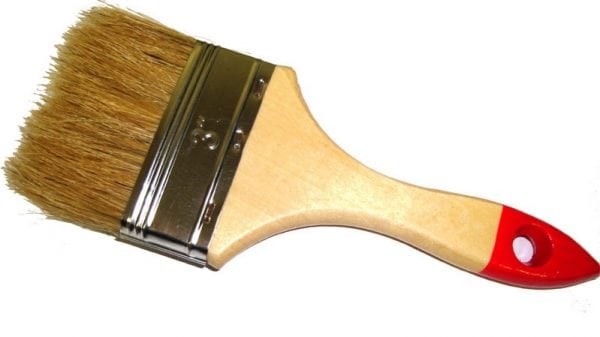
Brush preparation and care
For the manufacture of brushes for oil paints, both natural and synthetic nap are used. This is due to the fact that the components that make up the paints are not aggressive with respect to artificial materials.
Natural bristles have an affordable cost, easy to care for, environmentally friendly, durable. A number of manufacturers produce brushes with synthetic fibers, which are characterized by wear resistance and a prolonged period of operation.
For natural and artificial brushes, the rules for leaving and preparing for work are almost the same:
- Brushes must be cleaned before use. Soap solution and plain water are great for this.Even those brushes that you purchase in hardware stores are not ready to use. Fat, dust, mold, various debris can accumulate on their surface. Just rinse the brush several times in soapy water and dry it well. Moreover, the brush thus treated becomes more elastic, the bristles break less often, and the oil paint is better absorbed.
- During operation, try to dip the tip of the tool 1/3, while working with liquid formulations - 2/3.
- Before you start, pay attention to the tip of your tool. Do not stick out individual hairs on the tip of the brush, if any, do not cut them with scissors and do not burn the pile with fire. Just rub the brush with a tip on a clean concrete surface for 2-3 minutes. The bristles will be sharpened and homogeneous.
- Properly store brushes not in jars of water or white spirit. This may result in damage to the instrument. To “conserve” the already used brush according to the technology, take a rag, moisten it with a solvent, and wrap it in a plastic bag. If all the work is completed, the brush must be washed in white spirit, and only after that in warm water with the addition of soap or any detergent. Dry the brush with a clean rag and dry it.
- Do not use kerosene, gasoline, acetone as a detergent. They severely damage stubble.
The right choice of brush for oil paints will not only save a lot of your time and effort, but also improve the quality of the processed surface. Professional painters with great trepidation relate to their tool and can use it for a very long period of time.



